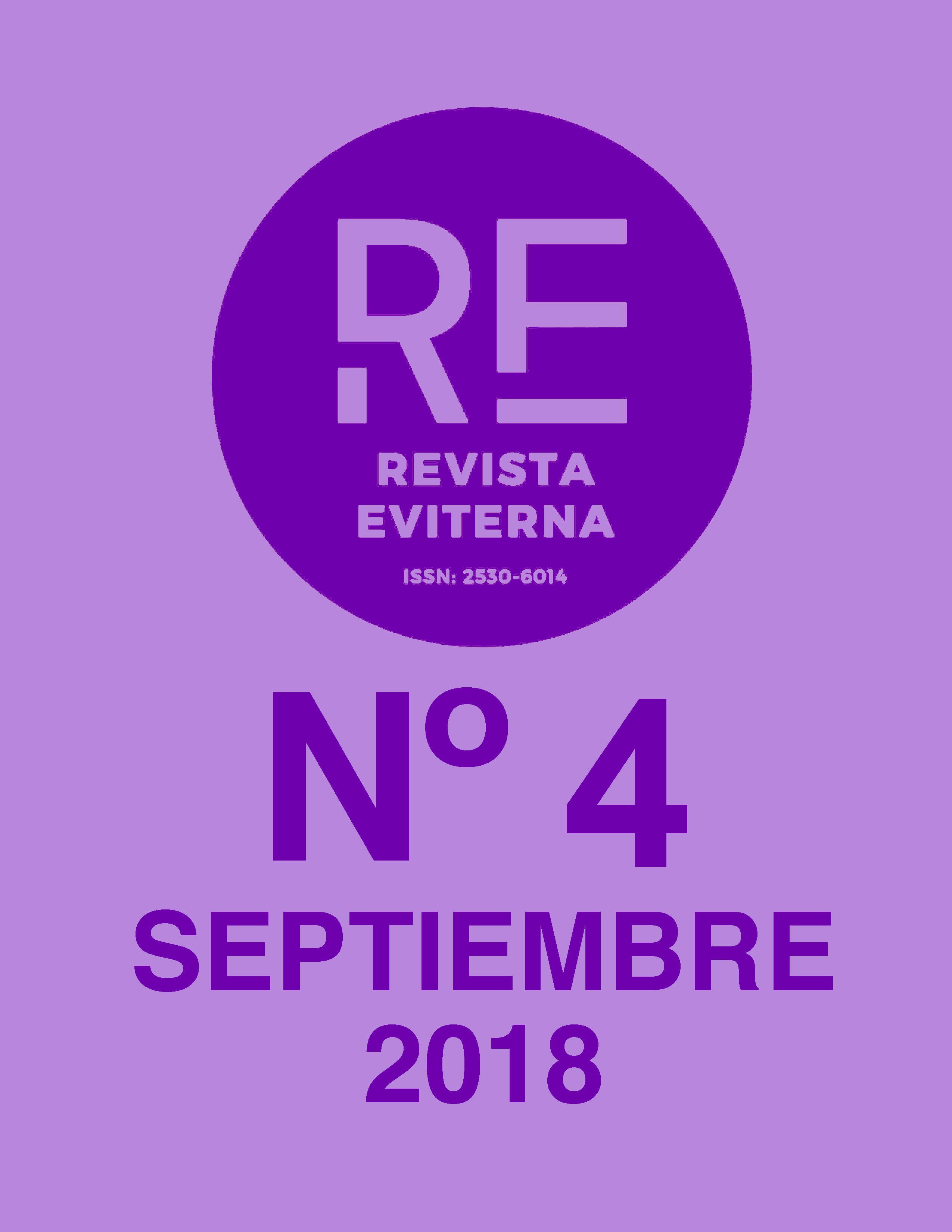Aesthetics of Apollo and Dionysus, synonymous with anima and animus and yin-yan for the understanding of Artist and Artwork
DOI:
https://doi.org/10.24310/Eviternare.v0i4.8182Keywords:
Art Theory; Artist and understanding of Artwork; Merging Disciplines; Aesthetics; Metaphysics; JungAbstract
Starting from the myths of Apollo and Dionysius and the aesthetic attributes of Nietzsche, given to the deities in the The Birth of Tragedy, some connections were found between the Apollonian and Dionysian, the anima and animus of Jung and the ying and yang of Tao Te Ching. The link points of the Apollonian and Dionysian, the Anima and Animus and the Ying and Yang will serve as aesthetical attributes for the purpose of forming a better psycho-aesthetical and metaphysical understanding of the figure of the Artist and their artworks.
Downloads
Metrics
Publication Facts
Reviewer profiles N/A
Author statements
Indexed in
-
—
- Academic society
- N/A
- Publisher
- Universidad de Málaga
References
ÁLVAREZ, J. R. (2016), Tao Te Ching, Ed. Catay, Col. Penglai Shan, Taiwán.
BACHERLARD, Gaston. (2014), La poética de la ensoñación, Ed. Fondo de Cultura Económica, México D.F.
FÖLDÉNYI, L.F. (2008), Melancolía, Barcelona, Galaxia Gutenberg-Círculo de Lectores, Pp. 15-57.
GRAVES, Robert. (1985), Los mitos griegos, Ed. Alianza. Madrid.
JUNG, Carl Gustav. (1985),Los tipos psicológicos Vol.I, Ed. Buenos Aires, Argentina.
JUNG, Carl Gustav. (2007), Anima y Animus,Obra completa Vol. 7, Ed. Trotta, Madrid. Pp. 211-235.
NIETZSCHE, Friedrich (1969), El nacimiento de la tragedia, Ed. Espasa-Calpe, Col. Austral, Madrid.
PRESEDO, F. J. y otros. (1986), Gran historia universal, Vol. V China e India –Antiguos imperios Orientales,Ed. Najera. Col. Club Internacional del Libro, Madrid, 1986.
WILLIS, Roy. Mitología. Ed. Círculo de lectores, Col. Debate, Madrid, 1993.
Downloads
Published
How to Cite
Issue
Section
License
All the contents published in Revista Eviterna are subject to the Creative Commons Reconocimento-NoComercia-Compartirigual 4.0 license, the full text of which can be found at <http://creativecommons.org/licenses/by-nc-sa/4.0>
They may be copied, used, disseminated, transmitted and publicly exposed, provided that:
The authorship and original source of your publication (Journal, editorial and URL of the work) are cited.
They are not used for commercial purposes.
The existence and specifications of this use license are mentioned.

Copyright is of two kinds: moral rights and patrimonial rights. Moral rights are perpetual, inalienable, inalienable, inalienable, inalienable and imprescriptible prerogatives.
In accordance with copyright legislation, Revista Eviterna recognizes and respects the moral rights of the authors, as well as the ownership of the economic right, which will be transferred to the University of Malaga for dissemination in open access.
The economic rights refer to the benefits obtained by the use or disclosure of the works. Revista Eviterna is published in open access and is exclusively authorized to carry out or authorize by any means the use, distribution, disclosure, reproduction, adaptation, translation or transformation of the work.
It is the responsibility of the authors to obtain the necessary permissions of the images that are subject to copyright.







12.png)



